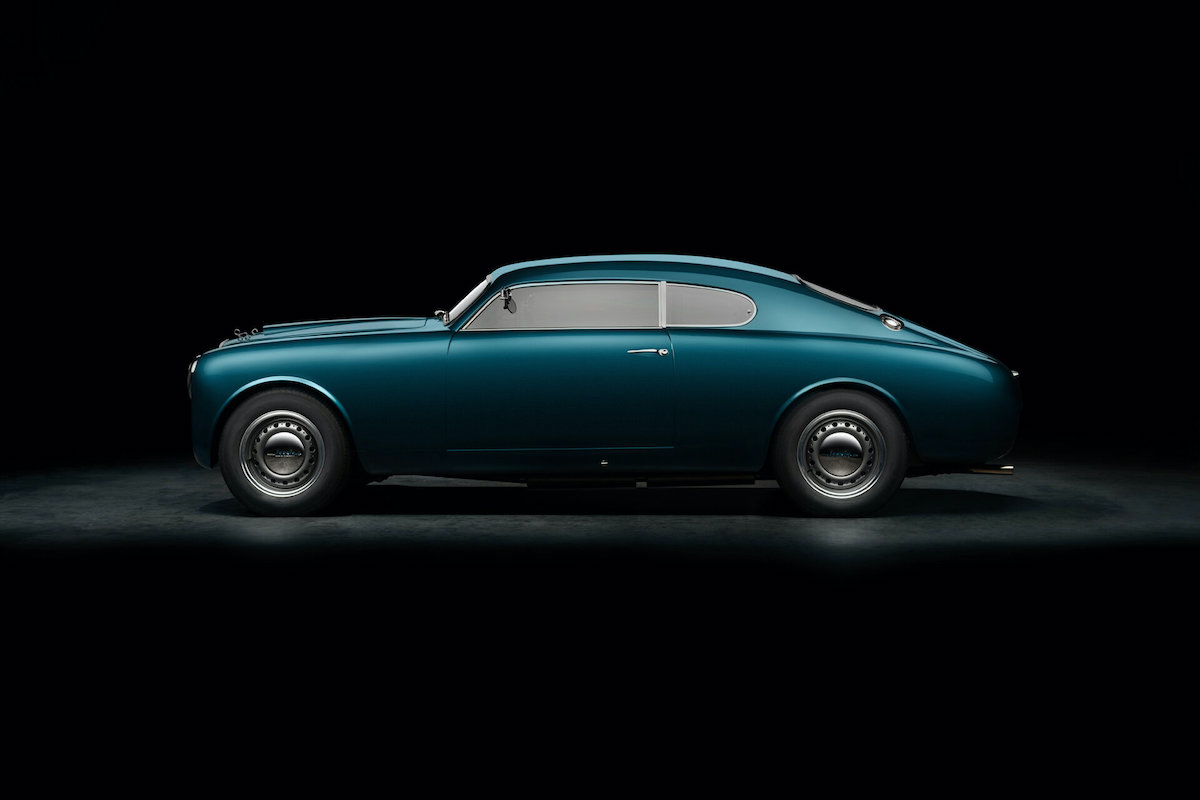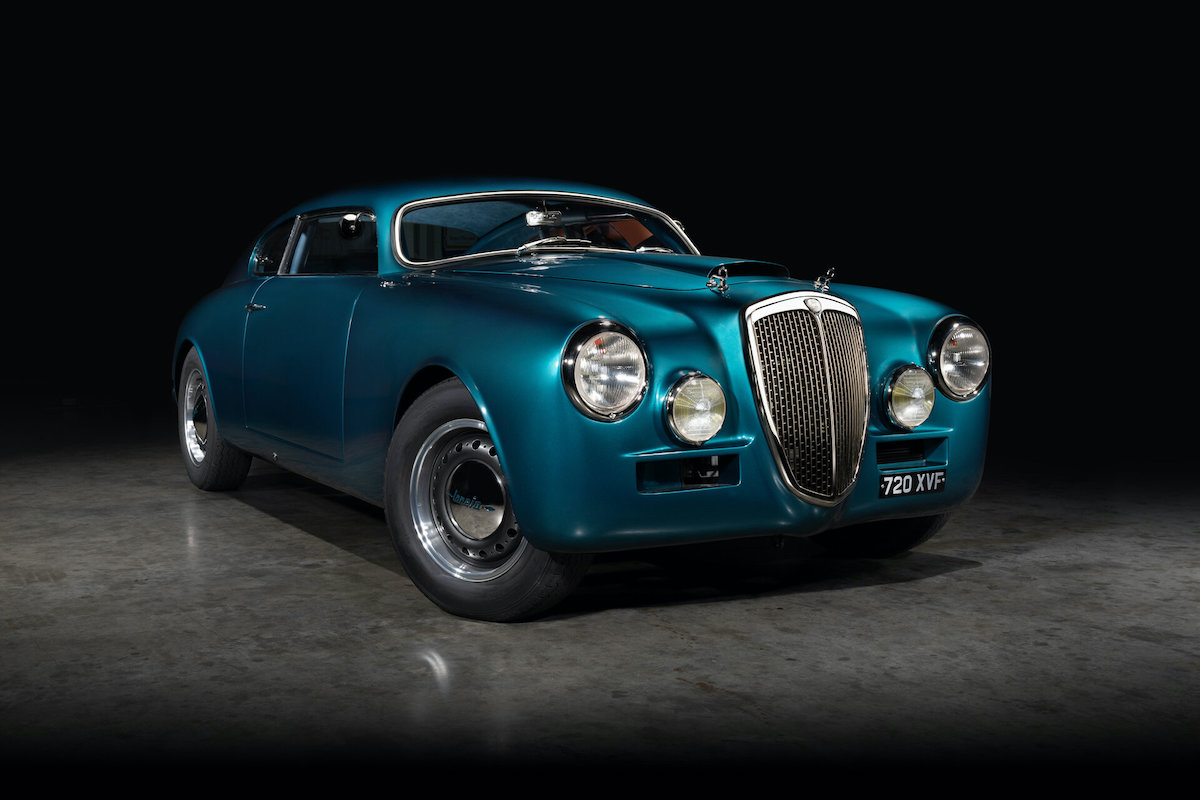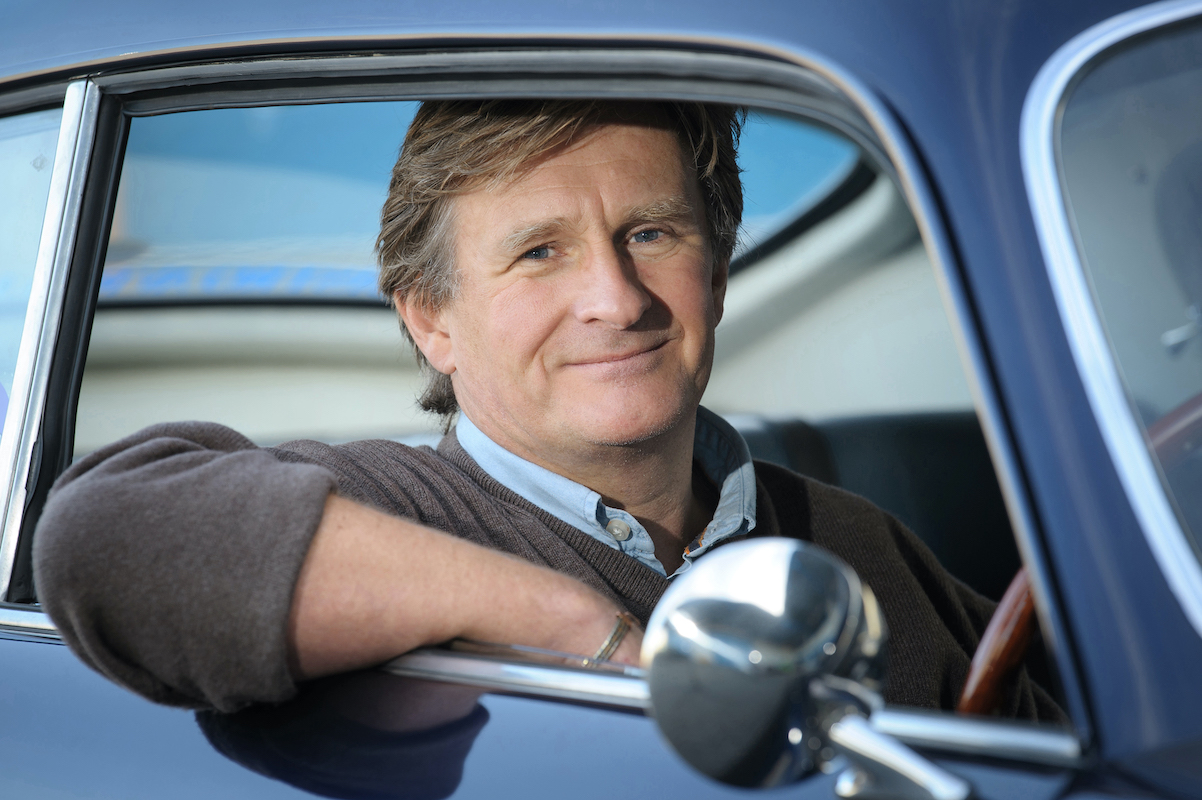This website uses cookies so that we can provide you with the best user experience possible. Cookie information is stored in your browser and performs functions such as recognising you when you return to our website and helping our team to understand which sections of the website you find most interesting and useful.
To restore, or restomod: that is the question. We explore the restomoding phenomenon with Thornley Kelham
By Rory FH Smith | 28 September 2020 | Cars & Yachts
When it comes to vintage vehicles, restoration has always meant getting your hands dirty – but what if there’s another way to make your classic cars go the distance?

Classic car ownership has always required patience, persistence and a penchant for getting your hands dirty, but it doesn’t always have to be that way. ‘Restomod’ classics are boldly challenging the age-old conventions of the vintage car world by straying from the manufacturer’s original blueprints to produce something unique and, often, more useable.
For better or worse, these restoration companies are grouped under the term ‘restomodders’ – so named for their approach to modifying throughout the restoration process. With firms like Eagle producing highly prized modified E-Types and Thornley Kelham with its ‘Outlaw’ Lancia Aurelia flying the flag for this new way of operating, such outfits have caused quite a stir in the world of classic car conservation. But why is this trend proving so popular among such renowned collectors as US TV host Jay Leno and millionaire investment entrepreneur David Lee?
“The short answer to this would be this: an owner can do what on earth they like to their car,” says Thornley Kelham founder Simon Thornley (above). “However, it would be remiss of an owner to do certain things to certain cars… there are some cars you just don’t mess with.”
Thornley and his business partner, Wayne Kelham, set up shop 12 years ago, with a mission to make classics the best they can be. Launching their radical take on a Lancia Aurelia in 2019, known as the Outlaw, the firm didn’t shy away from the controversy it sparked among classic car traditionalists. Proudly declaring the project was “not one for the purists”, the heavily modified B20GT with its cropped roofline, widened wings and bonnet scoop caused a stir, splitting opinion in the vintage car world.
“There are many people in the classic car world who say, ‘If it’s a classic, you should keep it original’, and I find that really tiresome,” says Thornley. “If you’ve got a 1959 Ferrari 250 Testa Rossa, for example, then you’re not going to mess with that, particularly since Phil Hill sat in the seat. But that’s at the very top end… If you want to keep your car original, great, but don’t judge everyone else.” >>

MODERN MARVELS
With some cars at the sharp end of the market fetching tens of millions on the auction block because of their provenance or originality, straying from anything but absolute authenticity would be catastrophic for the car’s historical and financial value. But, Thornley says, there is a vast range of opportunity just below that high level.
“Below the top end, you have cars that could be important but are being used a lot, and so you put hidden upgrades in the car,” he says. “It could be for drivability, safety or reliability but we’ve done a 1930s Rolls-Royce Phantom II, which has an enormous amount of upgrades on it, because it’s going to be used. It’s got hydraulic power steering, air conditioning, a modern alternator and much more but, when you look at the car, it looks like a beautifully original 1934 Rolls-Royce. To me, that’s not restomodding.”
While appearing to adhere to the manufacturer’s formula, these subtle alterations to a thoroughbred classic can tactfully make a vintage car vastly more useable and suitable for the modern age.
“Many people don’t care about the finer details anymore; they just want a classic that looks cool but can be driven any time of year, without having to worry about it,” says Thornley. “I think there’s a lot of scope for this area, especially with younger generations. If we want to keep a lot of mid-range classics on the road, we need to be prepared to let them be modified.”
Despite not liking the term, Thornley comes on to describe what he defines as a restomod car. “Things like our Outlaw, where you or the client has given you licence to go to town and create a car that’s based on a classic but, in fact, is pretty different.” With firms like Singer Vehicle Design working to hone and reimagine the Porsche 911 and Eagle carving out a name for itself by playing with the legendary Jaguar E-Type formula, these updated and refreshed classics are fetching significant sums, with some commanding prices north of £1.5m.
“The great thing is that more people are with us than against us. We weren’t sure how it would go down in the beginning – we thought we’d only make one but we’re now up to nine. But the point was to make a car that was still true to the spirit of Lancia.” With most of the donor cars for the Outlaw projects barely above scrap condition, the chances of the owner carrying out an original nut-and-bolt restoration were virtually non-existent. “We were able to put technology into it, such as the dual-circuit braking system and fuel injection, and then we changed the body shape. That’s when it becomes radical. That is what the purists hate, but we’ve created a cool thing.”
Beyond restomod cars lies another level – even more radical than cars like the Outlaw: highly bespoke classic cars. “If you look at our Outlaws or Eagle E-Types, they are primarily a highly engineered formula. You can have a different colour and you can maybe change the wheels but there’s another level where you create a very personal car for somebody.”
While a handful of modern marques will make completely custom one-off cars for clients, the same services are far less common when it comes to classics. “We live in a world where people want something unique to them, and I don’t see why we can’t do the same in the classic car world.”
Thornley is eager to explore this new territory and continue to push the envelope in the classic car market. With such high historical and financial values attached to these vintage machines, it’s impossible to overlook the impact such a personalised or radical project can do to the car’s value and desirability. “In terms of financial values, the classic car market has, over the past 20 years, become an asset class of its own and everybody has been expecting for them to keep rising in value. While a lot of people take that view, they’re going to have to get used to that not being the case,” explains Thornley. “You have cars that are always going to be incredibly valuable because of that rarity and authenticity, but you’ve also got middling cars that are struggling to sell. I’d like to think if an owner is going down the restomod route, they’re looking at it as a long-term prospect.” >>

SHIFTING GEARS
Just a few years ago, deciding whether to invest your money into a thoroughbred classic or a bespoke restomod project would have been a simple decision, with the thoroughbred winning out every time. But with artful outfits like California-based Singer raising the reputation and perception of modified classics, the choice is not so clear-cut anymore. “If someone is new to the classic car world, they need to decide if they want something they can show off occasionally or something they want to be able to drive whenever they want. Once you’ve made that choice, then you can decide if you want to stick with authenticity or if you want to have a car that suits your tastes and needs exactly.”
Asking Thornley what he’d plump for in that situation, he simply responds: “both, because I’m spoilt”.
“If I was just starting [a car collection], I’d get a properly sorted-out classic but, as I get older and want to have more fun with fewer cars, I am more drawn to an upgraded, bespoke car – such as an Outlaw.”
Before heading back out to the busy workshop, Thornley reveals his two top tips for collectors considering a move into the restomod market for the first time. “Firstly, you’ve got to do your research – not all the work out there is all that good. Go meet the people and drive their work. Secondly, you have to know what you want and what your budget is.”
Thornley also sees a trend in modern supercar owners beginning to expand their horizons into restomods. “People get frustrated with the parameters of modern performance car ownership – such as depreciation or not being able to fully explore the performance of it. Those people are moving towards this middle ground or restomod territory where the ideal is a blend of modern reliability but also some kind of visceral experience. You want to feel connected with the car,” he says.
So, we return to the question at hand: does the future of classic cars lie in faithful restoration or modern restomodding? “It’s quite a complex equation. Above all, whatever you decide, think about what you want to do with your car. If you want an original classic car, good for you – but, if you decide you want something a little bit out there, that’s fine too,” Thornley says, before pointing to a model of his dream car with a chuckle. “Just don’t mess with a Ferrari 250 SWB.”







